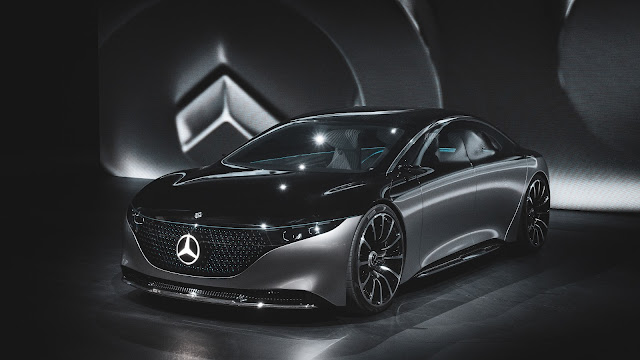Description :
The cost of gasoline has steadily risen since the economic crash of 2008, and car manufacturers have responded by making more fuel efficient vehicles. Toyota and BMW formally agreed to collaborate on perfecting hydrogen fuel technology in 2013, while Ford, Nissan, and Daimler said they would team up to completely revolutionize fuel cells in their vehicles by 2017, according to the Economist.
New car technology is usually dictated by economic conditions or public demand. The 1973 oil embargo by several OPEC member nations caused long lines at the pump, while a barrel of oil quadrupled in price within a 12 month period. The following year GM, Ford and Chrysler all made cruise control a mainstream option for their vehicles to help drivers save gas, while lawmakers pushed conservation and domestic energy efforts, including the enactment of the national 55 mph speed limit in 1973.
The technology of tomorrow will continue to make cars more efficient and safe, and will bring more comfort and convenience to the driver. These three features are the next big advances that will soon be just as common as rear-view mirrors in most U.S.-made vehicles:
Forward Collision Avoidance Systems
Most DMV practice tests online will advise drivers to keep a safe following distance of about 3 seconds between your car and the one ahead of you. But new technology will soon remove human judgment from the driving equation altogether.
The Insurance Institute for Highway Safety (IIHS) estimates forward-collision avoidance systems reduce crashes by up to 7 percent, and up to 14 percent if they include auto-braking features. An alarm will sound when the system senses the speed and trajectory of a vehicle is likely to lead to some type of collision. The IIHS rates all manufacturer system, from basic to superior, based on its capabilities.
A basic rating, for instance, is given to vehicles that meet the National Highway Traffic Safety Administration's criteria on at least 5 of 7 test runs. There are 74 vehicles with forward-collision avoidance systems, including the 2014 models of the Cadillac ATS, Mercedes C-Class Sedan and Subaru Legacy, that have earned the organization's advanced rating. The 2014 Acura MDX SUV and 2014 Jeep Grand Cherokee Cherokee are among the models with superior ratings.
David Zuby, the chief research officer for IIHS, said auto-braking features will help inattentive and older drivers avoid fender benders, and ultimately lower insurance costs.
Camless Engines
A typical four-stroke piston engine utilizes camshafts to run the followers and open the valves that regulate gasoline flow. But if Christian von Koenigsegg of Sweden's Koenigsegg Automotive has his way, camshafts will be a thing of the past by 2020. He told Jalopnik at the 2013 Geneva Motor Show that his company has been working on a camless engine for several years and believes it will be the rule rather than the exception for automobiles in the near future.
All the valves in a camless engine will function independently, translating to better fuel efficiency and horse power. Several manufacturers, including BMW, GM, and Ford have been tinkering with the idea, but it appears the technology may still be a few years away from being available to the masses.
Cargines and LaunchPoint Technologies are currently the leaders in camless engines. Brian Paden, the lead designer for the LaunchPoint, told Car-Engineer.com that this type of valve timing technology will increase fuel efficiency by 20 percent, reduce emissions by 10 percent, and improve torque by up to 13 percent.
Hands-Free Driving
The Institute of Electrical and Electronic Engineers predicts 60 percent of cars will be connected to the Internet by 2025. This first step is essential to the organization's other major prediction: that 75 percent of vehicles will be self-driving by 2040.
Autonomous cars not only have to be able to communicate with one another, but also with the satellites that safely route them. These vehicles will enable blind individuals, along with the handicapped and elderly, to drive to the grocery store and even take cross-country road trips. Google announced in April that its driverless technology completed over 700,000 miles of driving without an accident.
The National Highway and Safety Administration estimates car accidents cost the country nearly $900 billion a year. The International Organsation for Road Accident Prevention estimates more than 90 percent of accidents are caused by human error. Driverless technology can eliminate most accidents, the need for traffic lights, and lower insurance premiums for all drivers.
Driverless vehicles are currently only being tested in the states of California, Nevada, Michigan, and Florida.
SEE ALSO: Top 10 Best Cars of 2014 Under $60K
Be sure to leave your thoughts. We appreciate your feedback on this kind of research!
SEE ALSO: Top 10 Best Cars of 2014 Under $60K
Be sure to leave your thoughts. We appreciate your feedback on this kind of research!
*by andreascy*














